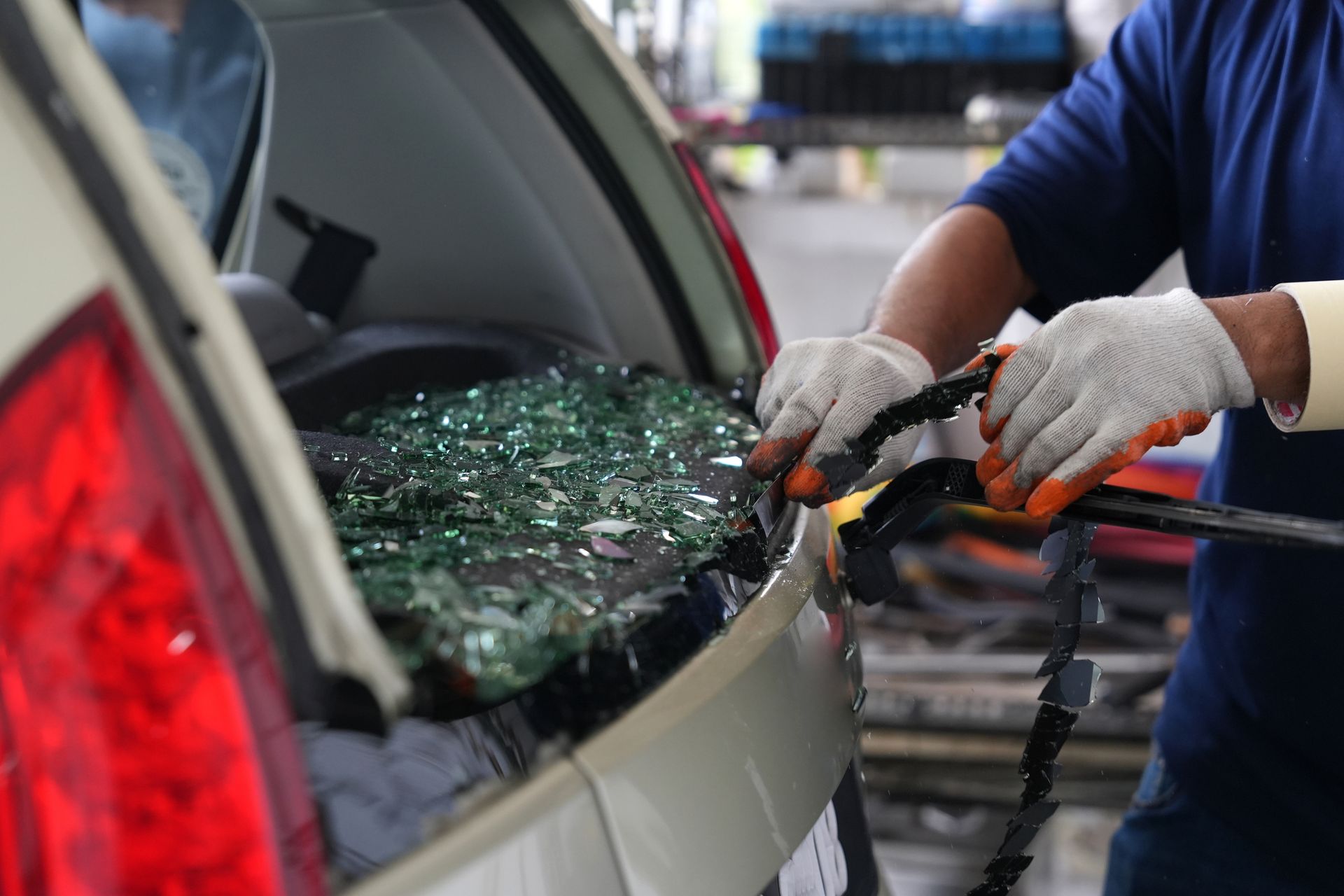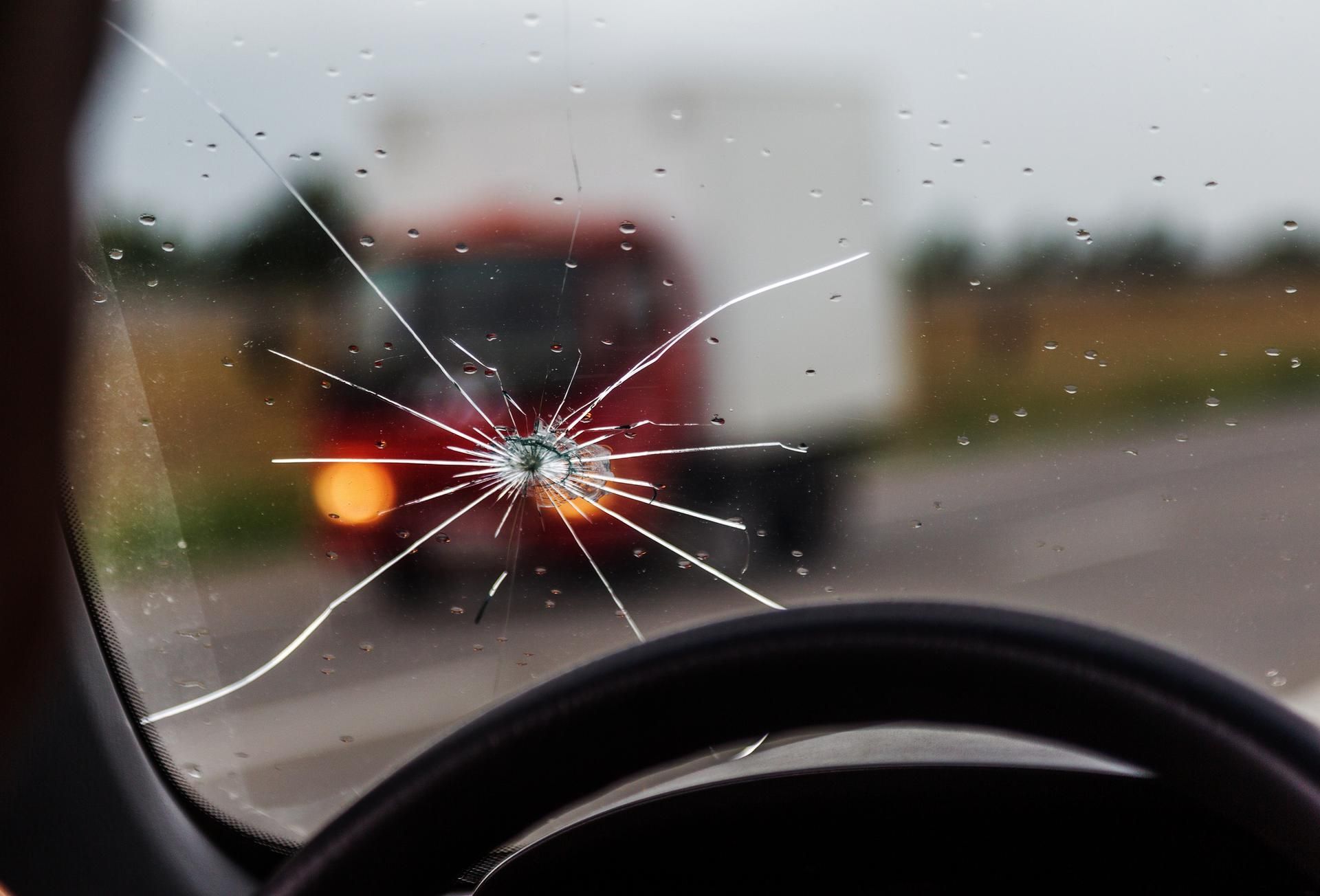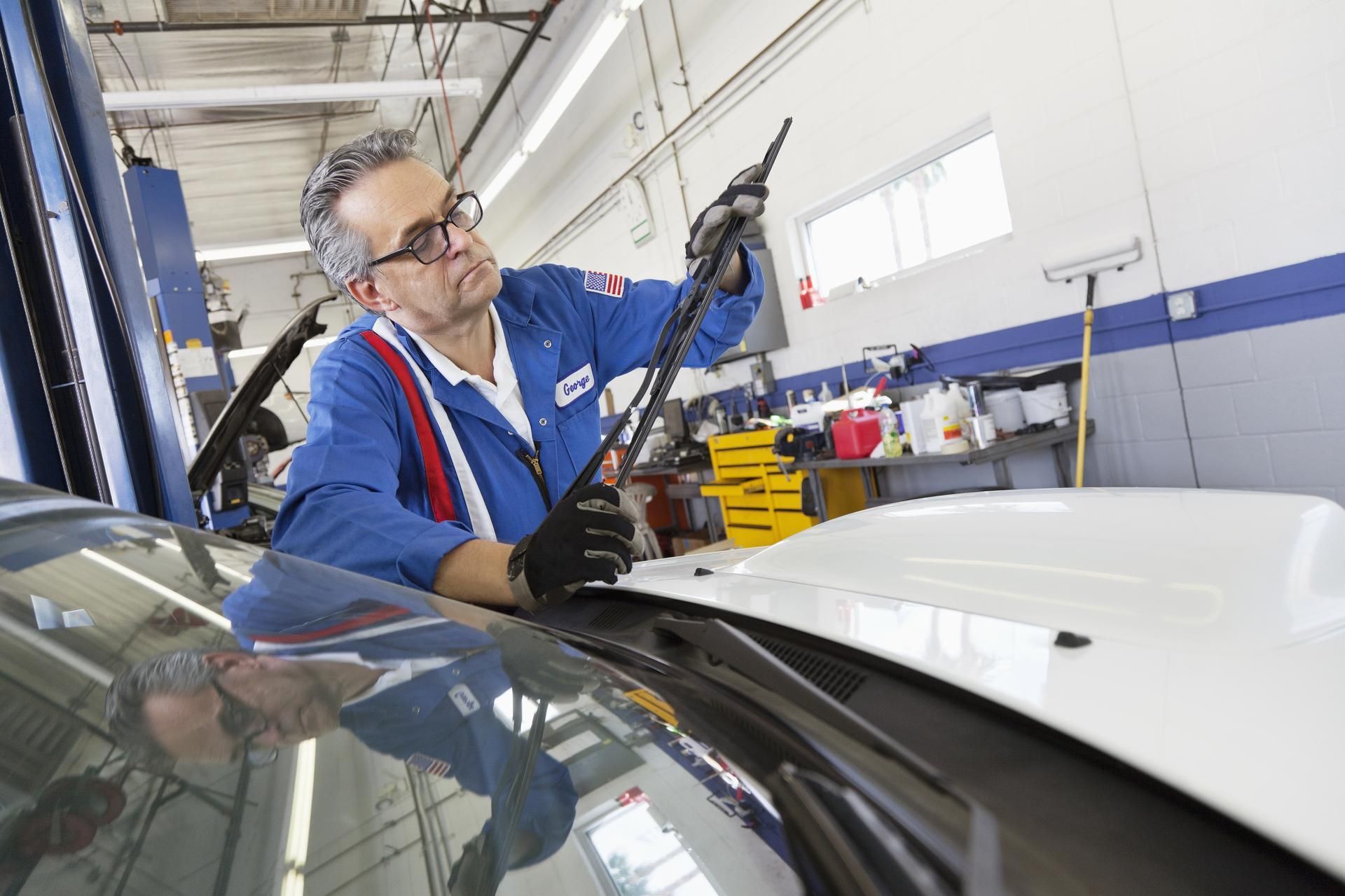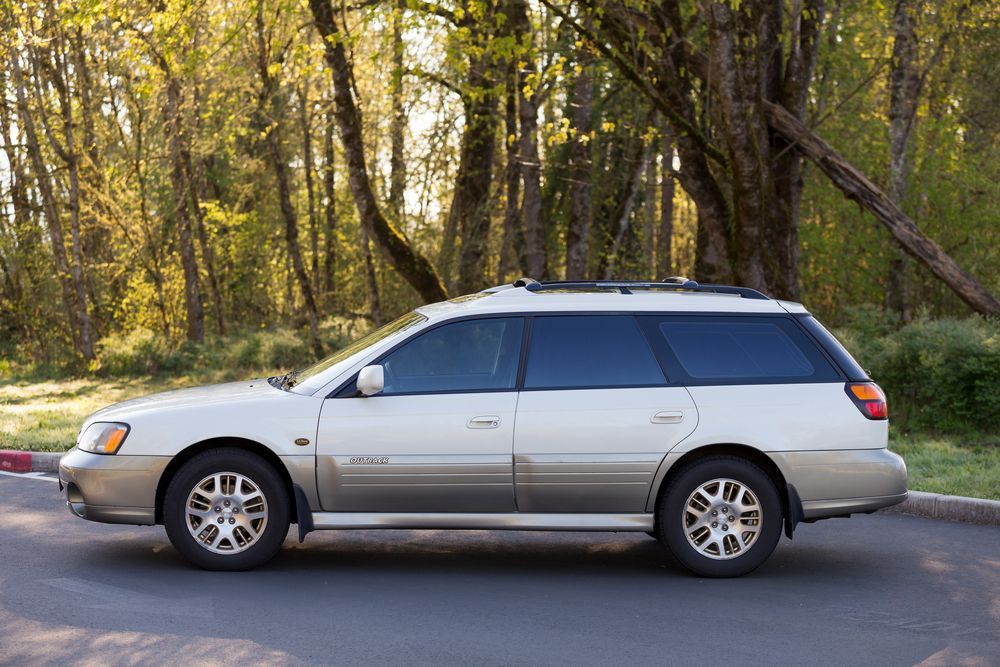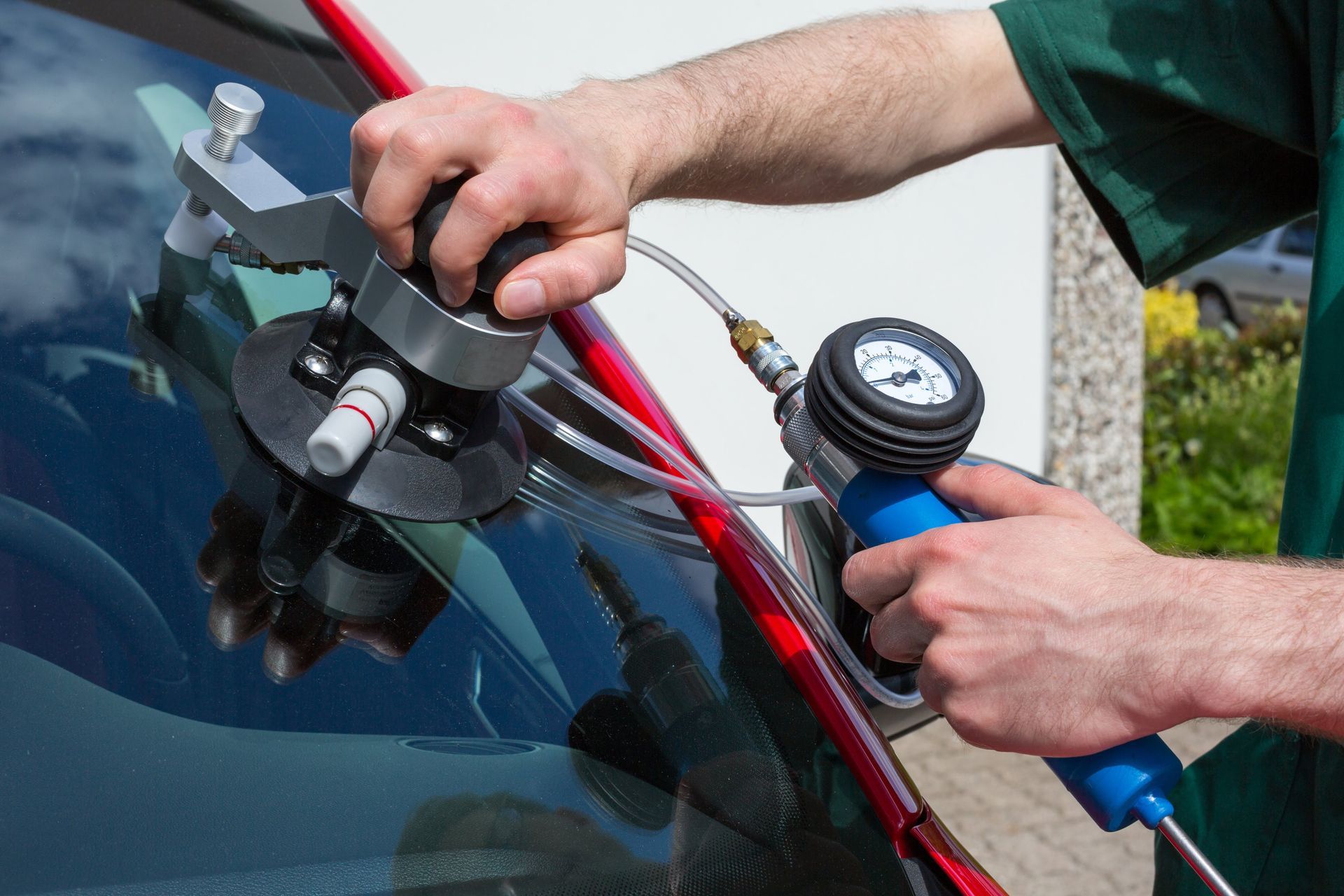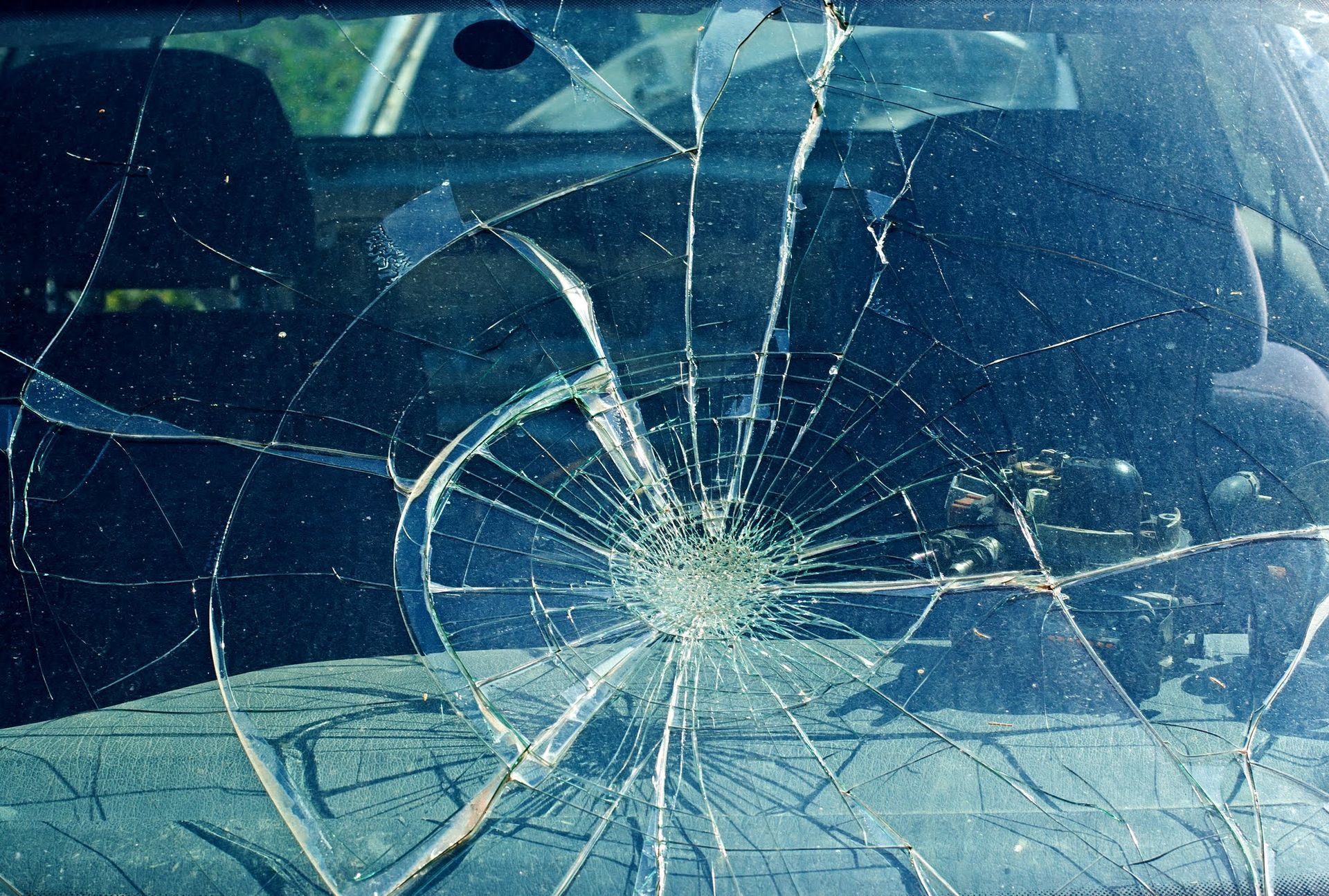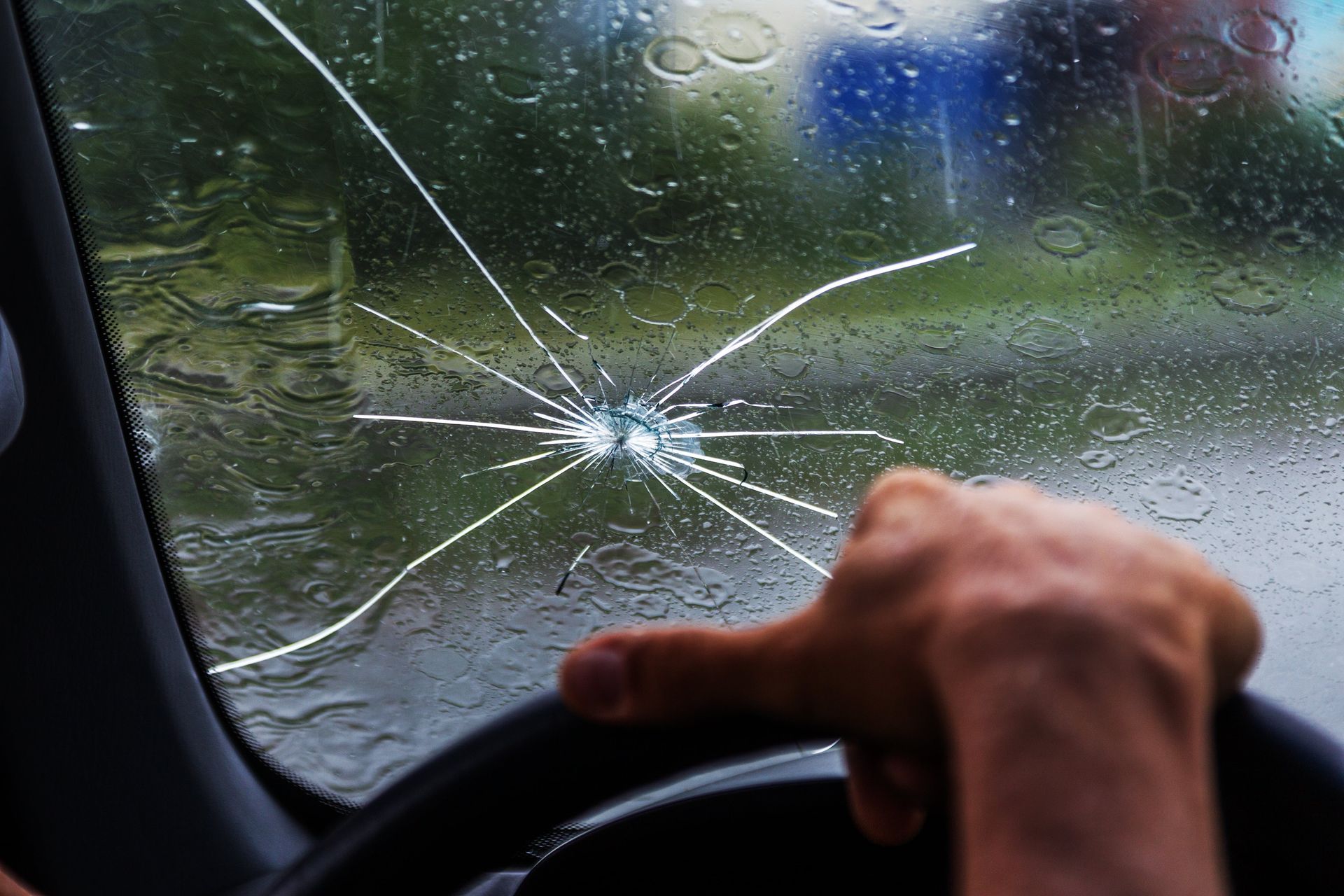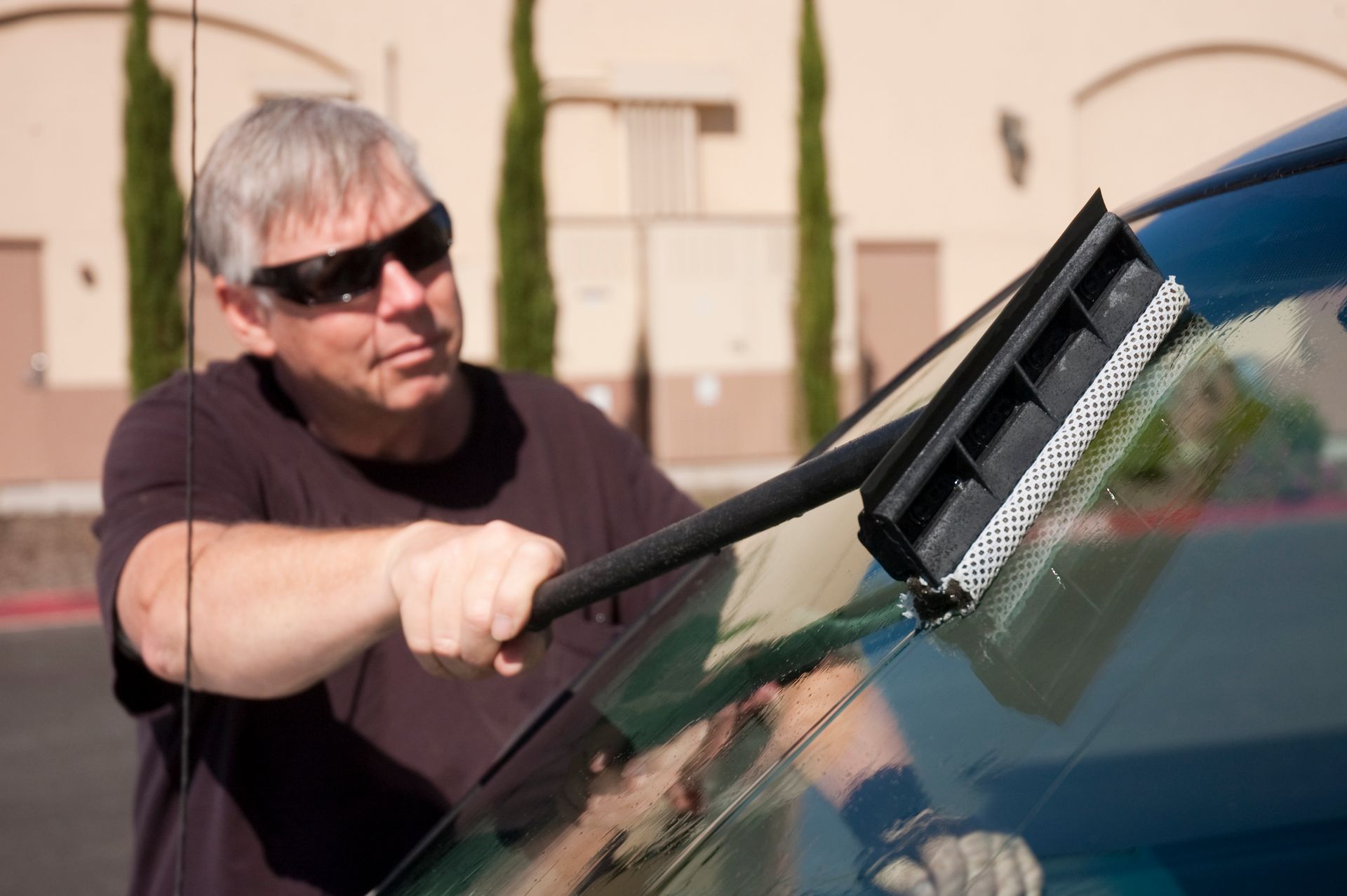Ready to Race Into Spring? Look Out For These Common Causes of Auto Glass Damage
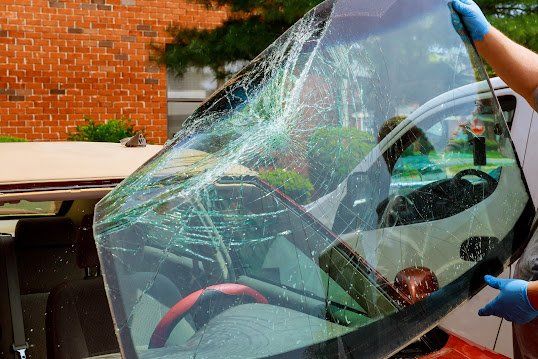
Warm weather, sunshine, and endless opportunities for adventure are just around the corner this spring. But before you can fully set out and enjoy everything this season has to offer, your car needs to be in good repair — and your car's glass should be top of the list.
Read on to learn some common causes of springtime auto glass damage you may encounter so you can adequately prep and care for your windows and windshields and enjoy them not just during the spring but throughout the entire year.
Changes in Temperature Can Turn Small Issues Into Larger Ones
While you may be looking forward to warmer temperatures, the spring season still brings unpredictable changes in temperature that can cause problems for your auto glass.
For instance, your auto glass can become more fragile during cooler winter weather, you are more likely to experience cracks and chips. But as the temperatures shift and flux during the spring, the glass on your vehicle can contract and expand, which can result in damage to the whole fixture. Specifically, hairline fractures or chips in the glass can get worse as the glass swells and shrinks.
Additionally, these weather fluctuations can aggravate an already winter-weakened windshield. Layers of ice on top of the glass and cleaning your windshield improperly (such as using hot water or a scraper to roughly remove ice) seriously increases its risk for degradation and damage.
It also leaves the glass in a more vulnerable state. If the temperature changes allow ice and snow to melt and then refreeze within a short amount of time, that ice can find its way underneath your windshield, further putting the structure at risk for damage.
Another temperature-related concern is tied directly to warmer temperatures. As the temperature increases, so does the temperature inside your car, which puts more stress and pressure on the glass, leading to cracks along your windshield.
If the windshield sustained any minor damage during the winter, the stress from warmer temperatures can cause a seemingly insignificant flaw to become a much larger problem.
Your Wiper Blades Pose a Unique Risk
Even though automotive companies created wiper blades to keep drivers' field of visibility clear while driving, these vehicle features need to be correctly maintained to avoid causing damage.
The rubber lining of the wiper blades that directly touches your windshield wears down over time and with frequent use. That kind of wear exposes the hard plastic underneath, increasing the risk for chipped and scratched glass.
If you haven't replaced your wiper blades in a while, the rubber can harden, further increasing the risk for scratches and chips. Try replacing the wiper blades twice a year to reduce the risk for this kind of damage.
Roadways Continue to Impact Auto Glass
Springtime unsurprisingly brings more drivers to the road — which means your auto glass is more at risk for damage. Regardless of where you drive, keep an appropriate amount of space between your car and other vehicles on the road.
Pay extra attention to oversized vehicles, including construction vehicles and semis. Because of their size, these vehicles are more likely to kick up debris, rocks, and other items on the road that can chip and crack your auto glass.
Similarly, look out for and avoid driving over potholes. While this roadway inconvenience more commonly damages the body of your car, it can still affect your auto glass. Snow and ice typically cover potholes during the winter, but warmer springtime temperatures expose potholes in the road and can even make them larger and deeper.
The sheer force of hitting a large pothole while you're driving can worsen already existing damage in your auto glass.
Nature Can Also Lead to Surprising Damage
Unless you consistently park your vehicle in a personal or commercial garage, the environment will undoubtedly cause some damage to your auto glass.
Storms and high winds can blow debris onto your car, and hailstorms are notorious for damaging windshields. If you can’t park your vehicle in a covered structure when you're expecting a storm, cover your windshield with a blanket hail car cover to help reduce potential damage.
Even in sunny weather, your windshield can still get damaged. Parking under a tree, for instance, increases the glass's exposure to sticky sap. Because sap doesn't clean off easily, it not only prevents you from seeing clearly, but it also hardens on the glass and leads to scratches as you use your wiper blades.
Regardless of how your windshield or auto glass gets damaged this spring, a professional can assess and repair the problems so you can drive safely and confidently. For any auto glass needs, from rock chip repair to windshield installation, get in touch with the pros at MS Glass Outlet. Our glass experts are ready to assist you so you can drive with confidence any time of year.

